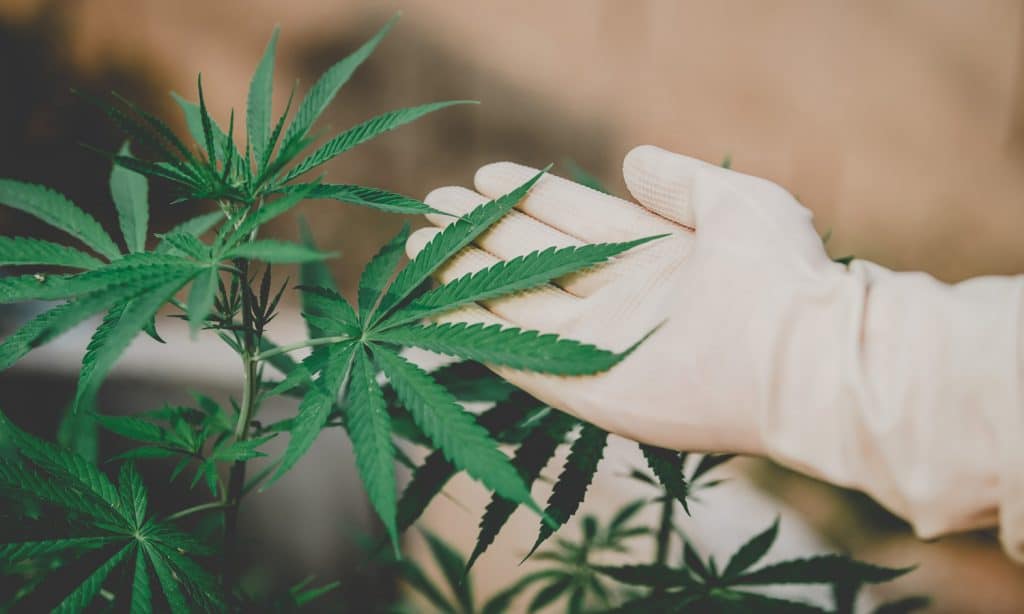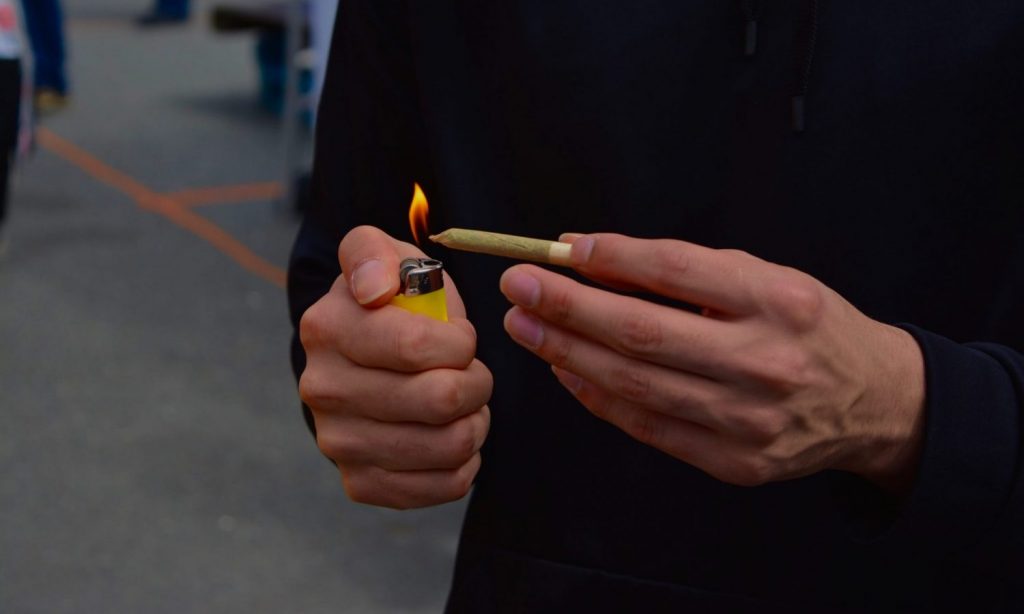
Your marijuana is likely to have too much THC in it
The marijuana you see in stores today isn’t like what the hippies rolled out in the ’70s. If you follow cannabis news, you’ve likely heard some version of this opinion from a public health officer. In 2019, US surgeon General Jerome Adams claimed that today’s cannabis “is not your mother’s marijuana,” but three times more potent than weed in the 1990s.
Marijuana advocate and Canadian writer Dana Larsen actually calculated how potent cannabis today would be if you accepted similar views from lawmakers throughout history. These include allegations made in 2002, White House drug czar John Walters, who said cannabis at the time was 30 times more potent than what baby boomers were smoking, and President Joe Biden, who once argued that the comparison made cannabis out the 1990s with cannabis in the 60s like a “comparison” is shot in a shotgun to a laser-guided missile. “
Photo from thought catalog via Unsplash
Using all of these historical statements would mean that according to Larsen’s calculations, today’s cannabis is 12,600 times more potent than it was in the 1960s. And while this is highly unlikely, we shouldn’t ignore how and why cannabis potency has changed over the past decade or so.
RELATED: Is Marijuana stronger today than it was in the 1960s?
The Colorado Department of Public Health and Environment (CDPHE) published a study last year that looked at THC levels in cannabis products sold in legal pharmacies. The report was requested by the Colorado General Assembly. Longitudinal reports like this one, focusing on the Colorado and Washington markets, provide a good look at the state of legal cannabis and its impact on consumers, as the two states were the first to legalize recreational cannabis.
RELATED: Federal Health Professionals Raise Concerns About Strong Marijuana
Breeders in both illegal and legal markets have emphasized THC potency for the past 25 years as consumers associate higher THC levels with getting the most bang for their buck. A 2016 study found that cannabis samples seized by the DEA increased from around 4% THC in the 1990s to around 12% in 2014.

But the recent CDPHE report found that Colorado cannabis flowers contained an average of 19.6% THC per gram, with potency reaching 35% in some strains. A 2020 study added that over 92% of products sold in marijuana retail stores contain THC levels of 15% or more. Edible potency actually decreased because Colorado regulators introduced policy changes that set the maximum concentration of THC at 10 mg per dose and only allowed 100 mg of THC per pack.
Those who consumed THC concentrates (i.e., dabbing) consumed cannabis more frequently on a daily basis compared to flower users.
RELATED: Marijuana is stronger than ever, but don’t be too excited
Previous research found that the THC levels in medical marijuana products were two to three times higher than those recommended by doctors for pain sufferers. The study authors found that levels of up to 5% THC were sufficient for long-term pain management with minimal side effects.

If THC is too strong, it can create addiction problems for users. A recent study found that 30% of marijuana users have some form of cannabis use disorder. Research published in May 2020 found that highly potent cannabis doubles the risk of developing anxiety disorders.
“Our ability to make unbiased, evidence-based statements about the potential health effects of high-THC marijuana products is limited until further scientific research can be conducted and the evidence shared or published,” concluded the CDPHE report authors . “Therefore, in the best public health interest, we propose funding research to answer these questions.”

Post a comment: